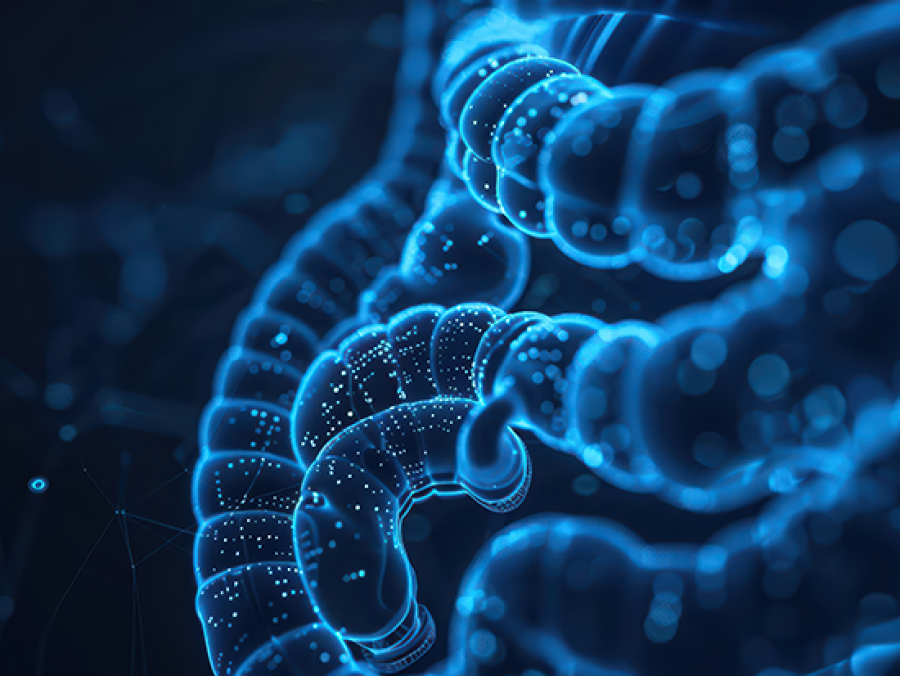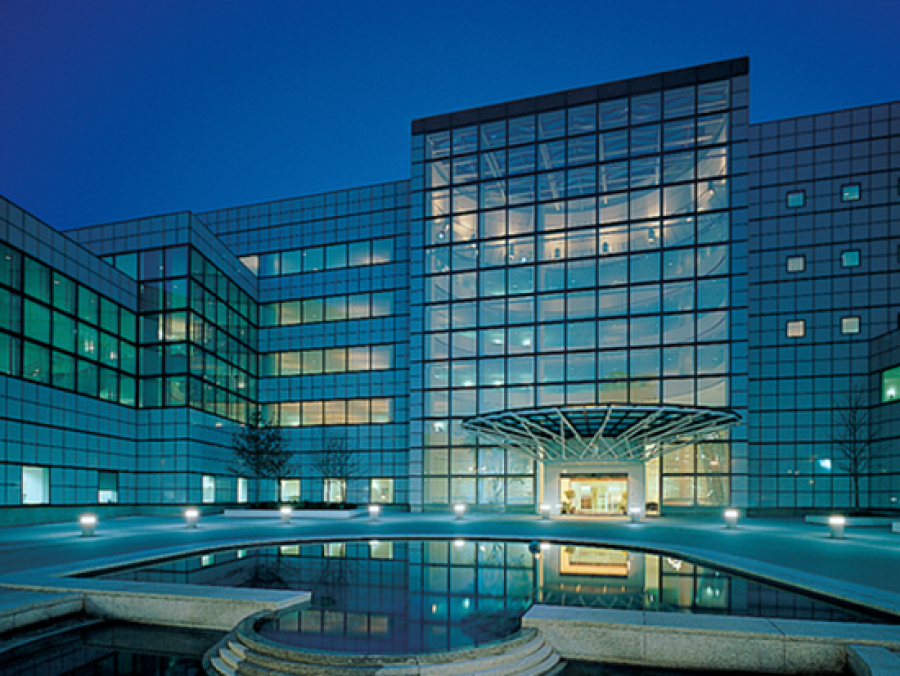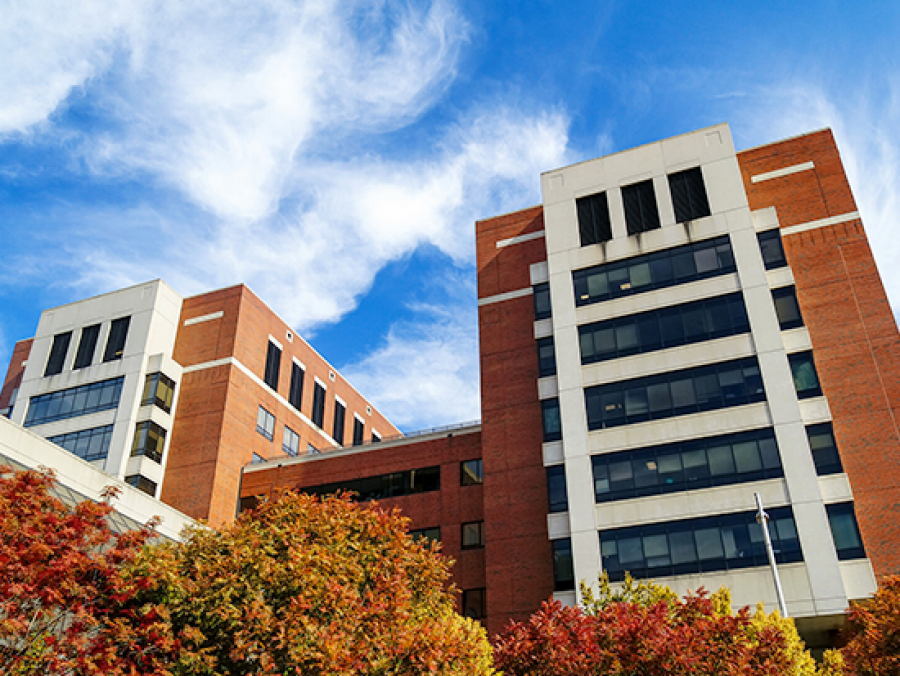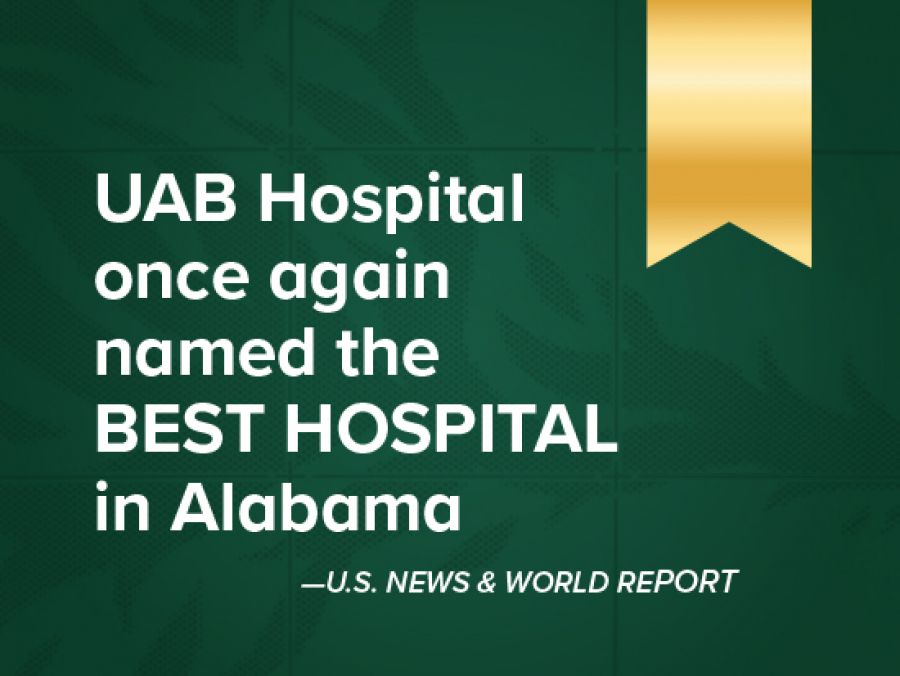|
|
 |
Dr. Kubagawa received his M.D. from Juntendo University in Japan and completed residency in Anatomic and Surgical Pathology at Nihon University. After research fellowships in immunopathology at Nihon University and Kyoto University, he performed postdoctoral studies in the laboratory of Dr. Max Cooper at UAB and joined the Department of Pathology in 1983. He has secondary appointments in the Departments of Microbiology and Medicine. Between 1986 and 1987 he was a Visiting Scientist at Fox Chase Cancer Center in Philadelphia.
Dr. Kubagawa’s research focuses on the structure-function relationships of cell receptors involved in host defense, such as the paired immunoglobulin-like receptors of activating (PIR-A) and inhibitory (PIR-B) isoforms. Identified in his laboratory, PIR-A and PIR-B are cell surface glycoproteins that have similar extracellular regions but distinct transmembrane and cytoplasmic regions. PIR-A receptors are encoded by multiple Pira genes and associate non-covalently with an adaptor protein, the Fc receptor common γ chain, to form a cell activation complex. In contrast, PIR-B is encoded by a single Pirb gene and contains three tyrosine-based inhibitory motifs in its cytoplasmic tail. Dr. Kubagawa and his colleagues have identified PIR-A and PIR-B on many types of cells, including B lymphocytes, monocyte/macrophages, dendritic cells, granulocytes, mast cells, and megakaryocyte/platelets, but not on T lymphocytes or NK cells. PIR proteins are also expressed by hematopoietic progenitors in fetal liver and adult bone marrow. Dr. Kubagawa’s laboratory is investigating the role of PIR-A and PIR-B in host defense against mucosal pathogens and in the development of hematopoietic cells. Current studies are characterizing the PIR-positive and PIR-negative progenitor cells in hematopoietic tissues to determine their differentiation potential, determining the functional consequences of PIR-B deficiency in a gene-targeted mouse model, characterizing a previously unidentified glycoprotein of 110 kDa that associates with PIR, and identifying the PIR ligands. In addition, Dr. Kubagawa is studying a receptor for the Fc portion of IgA and IgM antibodies, called an Fcα/μR, with regard to the receptor’s distribution in mucosal tissues, biochemical nature and function.
Selected Publications
- Monteiro, R.C., Hostoffer, R.W., Cooper, M.D., Bonner, J.R., Gartland, G.L., and Kubagawa, H. Definition of IgA receptors on eosinophils and their enhanced expression in allergic individuals. J. Clin. Invest. 92:1681-1685, 1993.
- Kubagawa, H., Burrows, P.D., and Cooper, M.D. A novel pair of immunoglobulin-like receptors (PIR) expressed by B cells and myeloid cells. Proc. Natl. Acad. Sci. USA. 94:5261-5266, 1997.
- Kubagawa, H., Chen, C.C., Ho, L.H., Shimada, T., Gartland, L., Mashburn, C., Uehara, T., Ravetch, J.V., and Cooper, M.D. Biochemical nature and cellular distribution of the paired immunoglobulin-like receptors, PIR-A and PIR-B. J. Exp. Med. 189:309-317, 1999.
- Ho, L.H., Uehara, T., Chen, C.C., Kubagawa, H., and Cooper, M.D. Constitutive tyrosine phosphorylation of the inhibitory paired immunoglobulin-like receptor PIR-B. Proc. Natl. Acad. Sci. USA.96:15086-15090, 1999.
- Dennis, G., Kubagawa, H., and Cooper, M.D. Paired Ig-like receptor homologs in birds and mammals share a common ancestor with mammalian Fc receptors. Proc. Natl. Acad. Sci. USA. 97:13245-13250, 2000.
- Davis, R.S., Wang, Y.H., Kubagawa, H., and Cooper, M.D. Identification of a family of Fc receptor homologs with preferential B cell expression. Proc. Natl. Acad. Sci. USA. 98:9772-9777, 2001.
- Uehara, T., Blery, M., Kang, D.W., Chen, C.C., Ho, L.H., Gartland, G.L., Liu, F.T., Vivier, E., Cooper, M.D., and Kubagawa, H. Inhibition of IgE-mediated mast cell activation by the paired immunoglobulin-like receptor PIR-B. J. Clin. Invest. 108:1041-1050, 2001.
- Tun, T., Kubagawa, Y., Dennis, G., Burrows, P.D., Cooper, M.D., and Kubagawa, H. Genomic structure of mouse PIR-A6, an activating members of the paired immunoglobulin-like receptor gene family. Tissue Antigens. In press.






